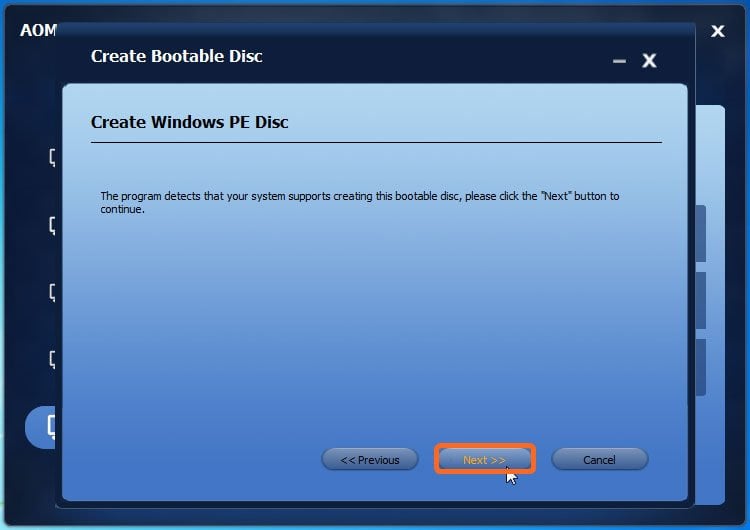Part 2: How to Create Bootable CD/DVD from ISO with ISO Burner. ISO Burner from the renowned software maker Androidphonesoft is the perfect tool to put your ISO file or bootable image onto a CD or DVD disc with very little effort from your side. This highly reliable software application is used by millions of Windows users around the world. Click the Windows START button, and click WINDOWS USB/DVD DOWNLOAD TOOL in the ALL PROGRAMS list to open the Windows USB/DVD Download Tool. In the SOURCE FILE box, type the name and path of your Windows ISO file, or click BROWSE and select the file from the OPEN dialog box.
From Cozli:What do you need to know about free software?
From Cozli:Windows Image Bootable Usb
SummaryThe primary method of delivery for Windows 10 will be through Windows Update. Microsoft also provides ISO media, but if you are are already downloading Windows 10 through Windows Update, why not create your own? This is convenient for reinstall purposes especially if you need to perform a repair upgrade. Windows 10 already provides a recovery drive and reset pc functions, but these are limited by clean installs. Creating a ISO from the same PC you upgraded is also convenient if you have a second computer running a qualifying previous version of Windows you would like to upgrade, so it significantly saves on banwidth.
Details
Please note, if you plan to use this same ISO image to install or upgrade another computer, it must be running the same edition or at least have a product key that can activate it.

After downloading Windows 10 through Windows Update, a copy of the installation file called a Install.esd (Electronic Software Delivery) is created in the folder C:$Windows.~BTSources
Press Windows key + R
Type: C:$Windows.~BTSources
Copy the Install.esd file from the folder to your Downloads or Documents folder.
If you don't see it, enable Show hidden files and folders.
Download the latest version of ESD Decrypter
(use 7zip to extract the compressed file)
Extract esd-decrypter-wimlib-4.7z to a folder.

You will need a free software called 7zip to do this:
After you have extracted the files, put the appropriate .ESD file you downloaded into that same folder.
Right click decrypt file in the same folder and click Run as administrator
Select option 2
Hit Enter
Wait
When complete, burn to a blank DVD or create a bootable copy on a USB thumbdrive.
Preparing the .ISO file for installation.
See instructions for burning .ISO files in Windows 7 or later:
You can also use the Microsoft USB/DVD Tool, which is recommended for Windows XP users.
After obtaining the .iso file you use the Microsoft .iso to USB/DVD tool to create a bootable DVD or USB (requires a blank DVD or USB flash stick of at least 4 GB).
For UEFI based systems
If your computer is UEFI based, these are normally systems that come pre-loaded with Windows 8 or later, you will need to prepare the ISO file for such a configuration or you will receive an error message during setup. The thumbdrive needs to be formatted as FAT32 and use the GPT partitioning scheme. To do this, you need to use Rufus, a small tool you can download for free.
Rufus - credit: Pete Batard/Akeo
After you have installed Rufus:
- Launch it
- Select ISO Image
- Point to the Windows 10 ISO file
- Check off Create a bootable disk using
- Select GPT partitioning for EUFI firmware as the Partition scheme
- Choose FAT32 NOT NTFS as the File system
- Make sure your USB thumbdrive in the Device list box
- Click Start
- Close when complete
Otherwise, you download the official ISOs from Microsoft or use the one that will be provided as part of your upgrade.
Windows Boot Disk Image
Resources:
Windows 10 Boot Disc Image
How to install the latest Windows 10 build from within Windows 8.1 or Windows 7